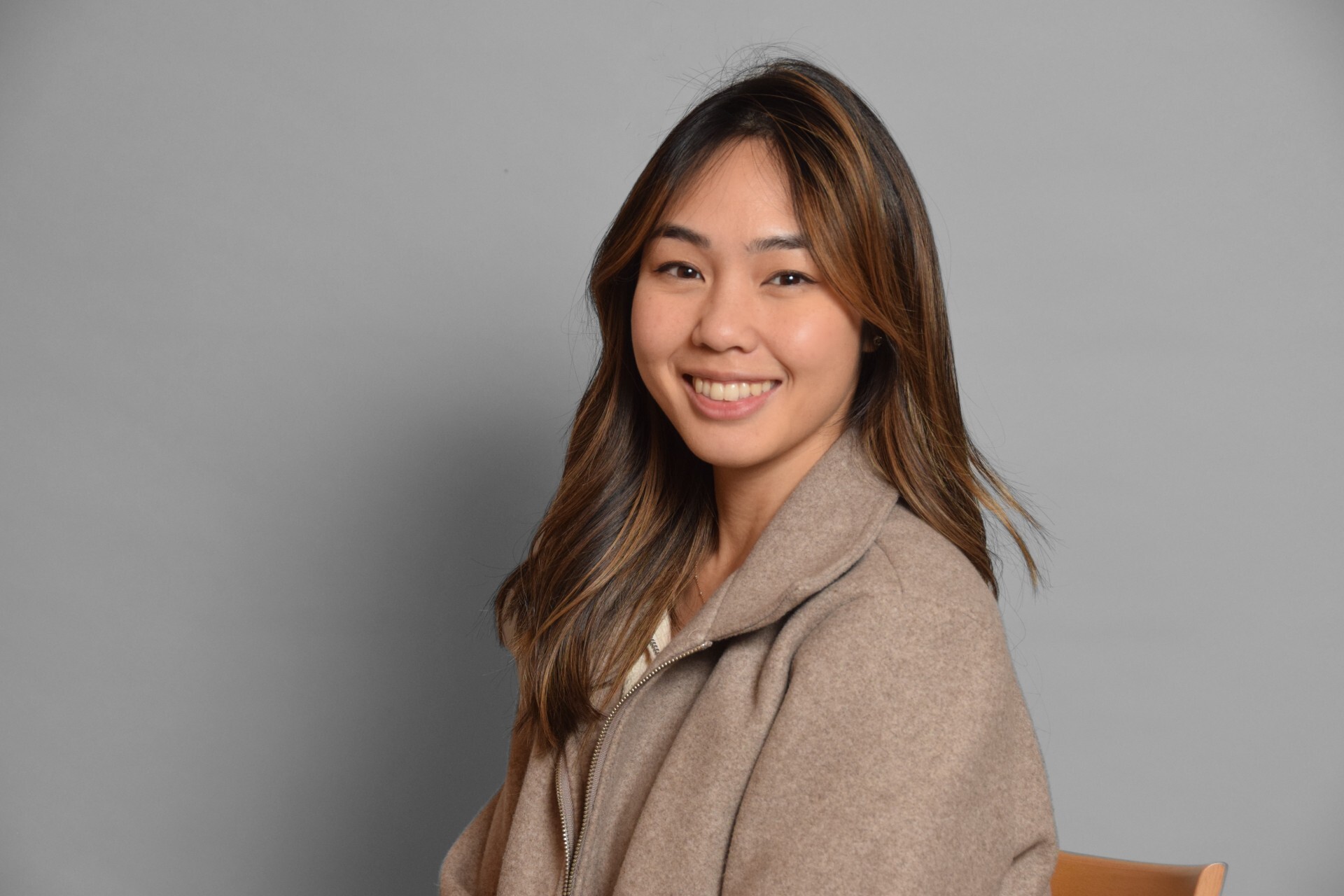Embracing Clarity: A Guide to Progressive Lenses for New Wearers
Welcome to the world of seamless vision enhancement with progressive lenses! If you’re experiencing changes in your near vision and have been recommended progressives for the first time, you’re in the right place. Progressive lenses are an innovative solution that provides a smooth, gradual transition from distance to near vision, eliminating the need for multiple pairs of glasses or the tell-tale bifocal lenses. Understanding your new lenses can take a little adjustment, but have no fear—we’re here to guide you every step of the way.
Shop these Zenni Frames
What Are Progressive Lenses?
Progressive lenses, also known as no-line bifocals or multifocal lenses, offer a multi-level visual experience without the visible lines found in traditional bifocals or trifocals. They’re designed to provide clear vision at all distances. Here’s what makes them a popular choice:
- Seamless Transition: Progressives offer a seamless look and functionality, transitioning from distance correction on top to near correction on the bottom with an intermediate range in between.
- Modern Technology: They are a result of advanced lens technology that allows for a more youthful appearance and better visual comfort than traditional lined lenses.
- Convenience: With progressive lenses, you won’t need to switch between different glasses. They’re ideal for an active lifestyle and for completing everyday tasks with ease.
Adjusting to Your Progressive Lenses
Adjusting to your new progressives might take a short period of adaptation, but with these tips, you’ll be enjoying your new vision in no time:
- Start by wearing your new lenses in a safe, familiar environment. Spend some time getting used to the feel of your progressives at home before venturing out.
- Practice looking through different parts of the lens. This will help you learn where each vision zone is located—distance at the top, intermediate in the middle, and near at the bottom.
- Move your nose, not just your eyes. When trying to focus, point your nose toward the object you’re viewing rather than shifting your eyes to the sides.
- Give it time. Like any change, it takes a moment to adjust. Most people adapt to their new lenses within a couple of weeks.
Shop Similar Zenni Frames
Choosing the Right Frames for Your Progressives
Selecting the best frame style for your progressive lenses is an essential step. Consider these elements:
- Frame Size: Go for frames that have enough vertical height to accommodate the progressive lens’ different visual zones. If you have higher prescriptions, consider lenses that are not too big so that you can minimize the weight of your lenses and frames.
- Comfort: Comfort is key, especially when you’ll be wearing your glasses throughout the day. Look for a frame that fits well on your face without pinching or slipping.
- Style: You don’t have to sacrifice style for function. Choose a frame that reflects your personality and complements your face shape. Zenni offers a frame for every mood. You can shop by face shape, color, and more!
Whether you’re seeking a bold or classic look, Zenni’s extensive range of frames ensures that you’ll find the perfect match for your progressive lenses. Explore Zenni’s Progressive Glasses selection to discover the variety we offer.
Shop these Zenni Frames
Embrace the change and look forward to a world of clear, uninterrupted vision with your new progressive lenses. Remember, it’s normal to take some time to adapt, but once you do, you’ll enjoy the convenience and freedom they bring to your everyday life. If you have any questions or need further assistance, our team is always here to help you navigate through your journey to clearer vision.






 United States
United States